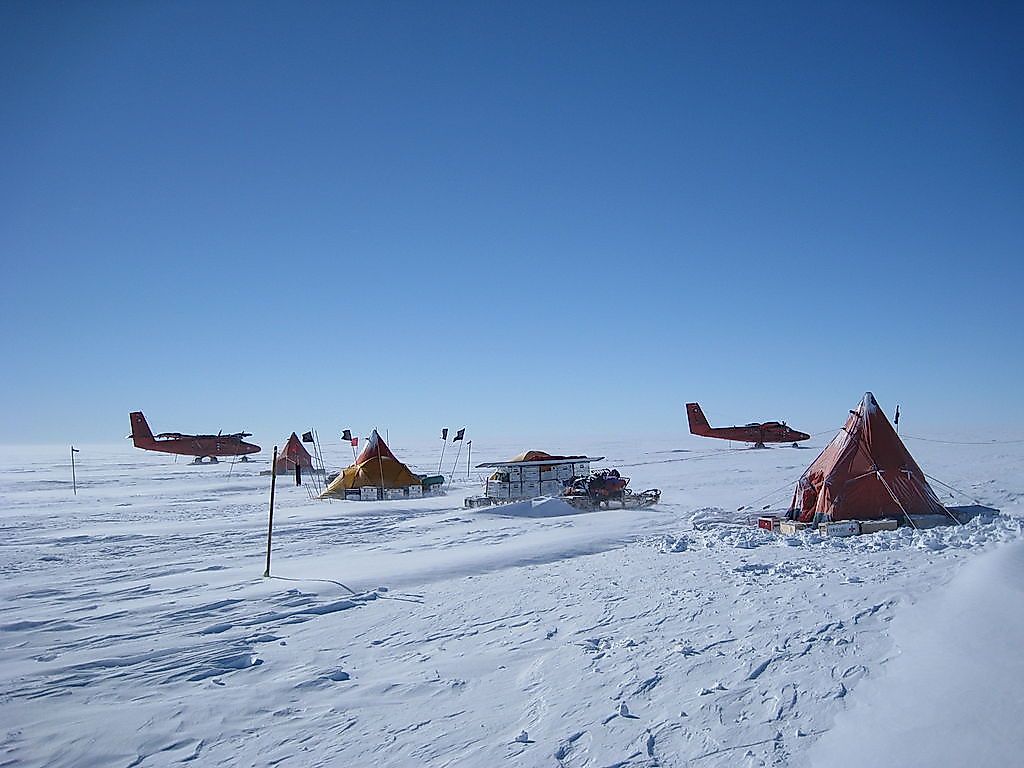The Fastest Melting Glacier In Antarctica

Where Is The Pine Island Glacier Located?
The Pine Island Glacier, mapped by the United States Geological Survey, is the fastest melting glacier in Antarctica. The melting of this glacier accounts for 25% of the ice loss in Antarctica. The melting ice of the glacier flow into the Pine Island Bay in the Amundsen Sea of Antarctica. The ice stream glacier has an extremely remote location with the nearest human inhabited research station being at Rothera, about 1,300 km away. Due to the remoteness of the glacier, most of the information on the glacier is derived via satellite-based or airborne measurement. The Antarctic Treaty prohibits any nation from claiming the region as their own.
Geography Of The Pine Island Glacier
The Pine Island Glacier drains about 10% of the area of the West Antarctic Ice Sheet. The glacier has the highest net contribution of ice to the sea among the ice drainage basins of the world. The Pine Island Glacier drainage basin occupies an area of 175,000 square km.
What Would Happen If The Pine Island Glacier Melts?
The Pine Island Glacier and the Thwaites Glacier are two of the five largest ice streams in Antarctica. If these glaciers were to melt, they would destabilize the entire West Antarctic Sheet and also affect the East Antarctic Ice Sheet. This melting process would trigger sea level rise by 1 to 2 meters. Even worse, the Pine Island Glacier and other ice streams draining into the Amundsen Sea are not protected by large floating ice shelves in the ocean. Thus, there is no geological barrier to stop the retreat of the ice.
A Future Catastrophe In The Making
According to research reports, the flow of the Pine Island Glacier has sped up by 73% from 1974 to the end of 2007. More water is now being added to the sea than what is being replaced by snowfall. Thus, by the end of 2007, the Pine Island Glacier had a negative mass balance of 46 gigatons per year. It is believed that global warming triggered rise in sea temperatures have influenced the melting of the glacier. If the thinning and melting of the glacier continues, the entire main trunk of the glacier would be afloat within a span of only a century. Since the glacier is located near a volcano in the Hudson Mountains, volcanic activities could also play a major role in increasing the flow of the glacier in the future.











